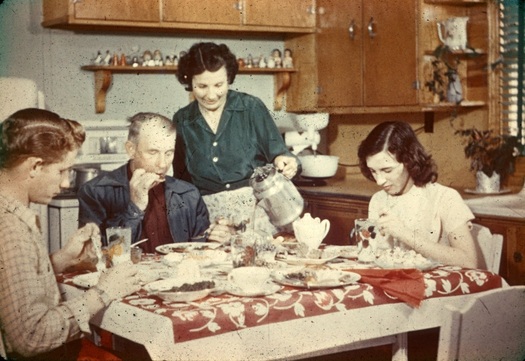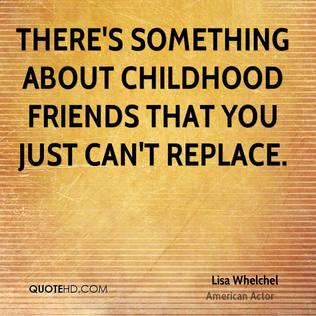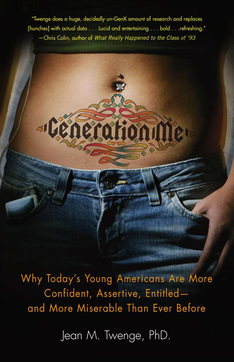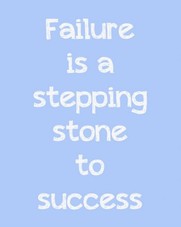A recent article about dinner habits and customs caught my eye recently, so I decided to do a bit more research into to subject. What I found was rather enlightening (to me at least), so I thought I would share here.
There is a great deal of variation these days, as to when people eat dinner and how they eat dinner! It wasn't always that way.
An article from History Magazine, first published in 2001, takes a historical look at the evolution of "mealtime". Here are a few points from the article.
The names of meals and general times they were eaten were once fairly standard. Going back to medieval times, "breakfast" was first thing in the morning, "dinner" was midday, and "supper" was not long before going to bed (usually around sundown). Our modern variations (some say confusion) came about from changing social customs and classes, political and economic developments and the influence of technology.
The main meal of the day in the past was "dinner", eaten midday. This was tradition of the wealthy and well to do. Those lower in the social order, considered middle class, had to eat later in the day, because their lives were driven by work vs. rituals. They would eat in the early afternoon and return to their shops and businesses to meet afternoon customers. Their meals were less lavish affairs, but still substantial.
Those at the low end of social order, the peasants, took a break from work and had dinner around noon. They usually had less to eat than the more well to do, and consumed much less variety.
Eating a main meal midday was influenced out of necessity. Living habits back then were managed by the availability of "light". Artificial lighting provided by candles and oil lamps was a costly luxury, requiring the less wealthy to retire "early" when darkness arrived. Supper was a light meal, usually consumed before the sun disappeared for the day. This pattern continued for centuries.
Capitalism, colonialism and the industrial revolution changed the world's economy. Many people had more money to spend. More goods became available to more people, including access to artificial lighting. Living habits began changing because they were no longer tied to the cycle of sun up and sun down. People stayed up later and woke up later in the day. Work habits began changing too, with people working farther from home, taking a "sack lunch" to work and the midday meal became lighter fare. The main meal was pushed to later in the day, after work hours and people would eat their main meal at home.
English immigrants coming to North America brought their habits with them, gradually changing over time, but at a slower pace than Britain. In our current century, dinner is eaten any time between noon and midnight. Mealtimes are now very fluid and changing, reflecting the flexible lifestyles of people.
A Cornell University article looks at family mealtimes and whether eating meals as a family makes a difference. Research continues to look at the effects of shared family meals, but evidence to date suggests that family meals do provide benefits for children and youth. Researchers recommend the following to improve family mealtime:
- Set a goal to have regular family meals at least three times per week.
- Remember the benefits of consistent family mealtimes (generates feeling of closeness and comfort)
- Quality of family meals is just as important as quantity. (guard mealtimes from outside distractions to help communication)
Lastly, and what originally prompted my interest in this subject, is a photo study called Dinner in NY. Miho Aikawa's idea for this project was to propose what dinner is to people, how different it can be for everyone, and to present the diversity found in this everyday act. On his website, Aikawa stated "A study in Public Health Nutrition which compiles data relating to Americans food-related time use over the past 30 years reveals some interesting trends: Eating as a primary activity declined in the past 30 years. On the other hand, eating as a secondary activity rose dramatically in the past 30 years. When we combine the primary and secondary eating time, we see that we're spending an average of 25 or more minutes in total daily than we did 30 years ago. We now do almost 50 percent of our eating food consumption while concentrating on something else." (my comment-makes me wonder about the obesity problems and the fact that we are not totally focused on what or how much we are eating?) Visit his link below and take a look at his photo study, it's rather revealing.
http://www.history-magazine.com/dinner2.html
http://www.human.cornell.edu/pam/outreach/upload/Family-Mealtimes-2.pdf
http://www.mihophoto.com/projects/dinnerinny/








 RSS Feed
RSS Feed
